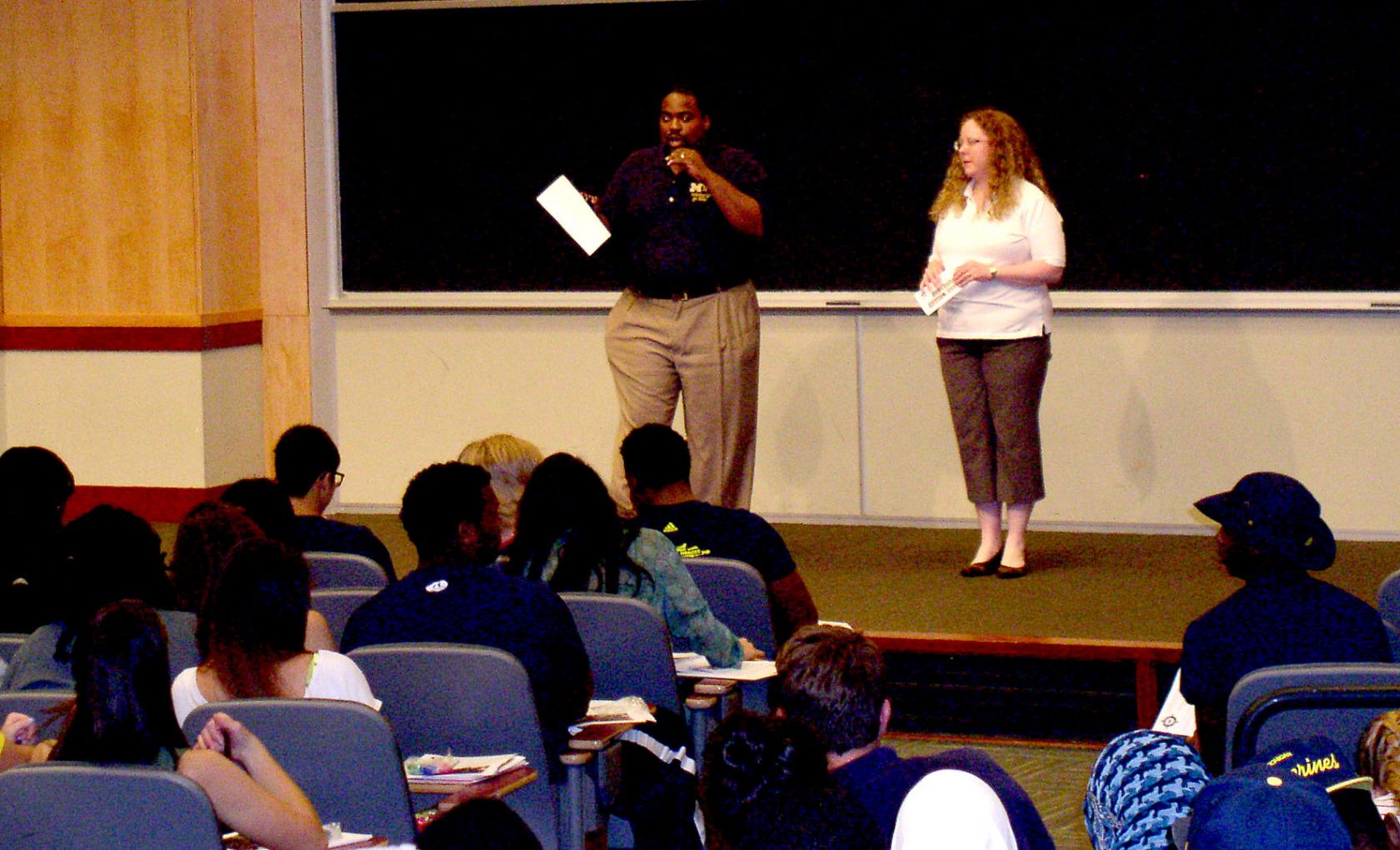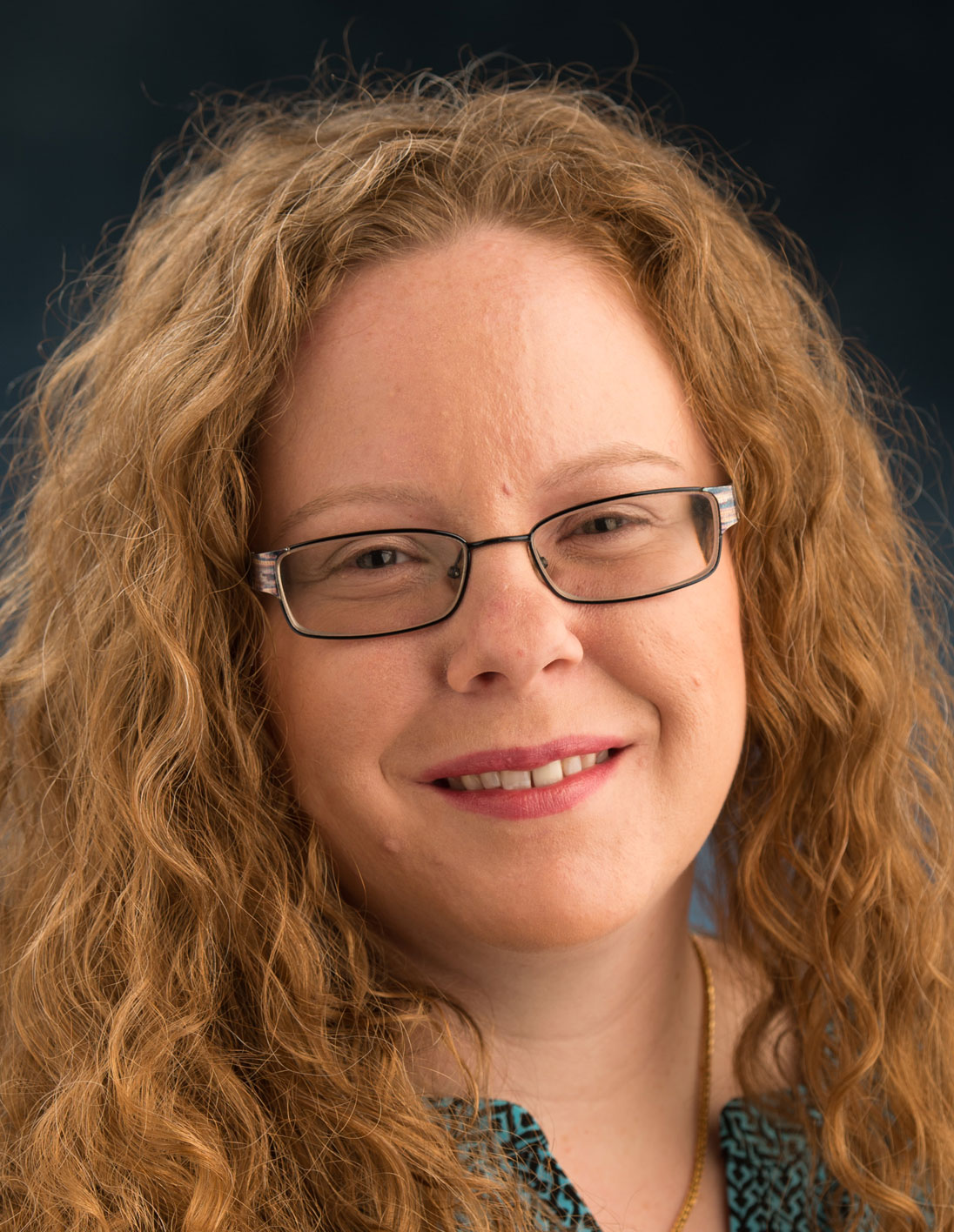Blog
Get the inside scoop about life at U-M and applying to Michigan from current student bloggers, Admissions staff, and guest faculty writers.

Get the inside scoop about life at U-M and applying to Michigan from current student bloggers, Admissions staff, and guest faculty writers.


This month, I had the opportunity to ask some questions of Kristin Bhaumik, who is an associate director in the Office of Financial Aid. Financial aid is an important part of attending college, and making sure that college is affordable is also a huge priority for the University of Michigan, so here’s some more information that I hope can help you Go Blue.
Lisa: Many people think that Michigan is a really expensive school. Is that true?
 Kristin: A school’s affordability varies from student to student, family to family. Affordability is impacted by a family’s income and other financial resources, as well as choices the student makes while they are on campus (for example, choosing to live in a single room in the dorms).
Kristin: A school’s affordability varies from student to student, family to family. Affordability is impacted by a family’s income and other financial resources, as well as choices the student makes while they are on campus (for example, choosing to live in a single room in the dorms).
U-M has a long-standing commitment to meeting the full demonstrated financial needs of in-state students. This means that for many students from the state, Michigan is an extremely affordable option. But, if a student is from out of state, or if a family is unable to help cover educational costs, the net price of U-M can be a challenge and can require a student to consider borrowing loans to assist with the costs.
L: What types of aid might make up a financial aid package?
K: Financial aid is generally categorized in three ways: free money, earned money, borrowed money. Financial aid packages could include any of these types of resources or a combination of them. Free money includes grants and scholarships. These could be awarded from the federal government, the university, from the school/college of enrollment, or from private organizations and foundations. Earned money refers to Federal Work-Study, which is a program that supports student wages through campus-approved positions. More information on this program can be found at here. Borrowed money refers to education loans. Education loans could be in the student’s name from the federal government (Subsidized/Unsubsidized Direct Loans) a private lender’s name, or in a parent’s name if they are borrowing to support their student (PLUS Direct Loans).
L: Specific to the U-M’s financial aid program is the Go Blue Guarantee. Could you explain what it is?
K: The Go Blue Guarantee is a program that helps the neediest students in the state of Michigan attend the university knowing that we are committed to making this university affordable. This program ensures a student receives tuition support up to the cost of full tuition for those who qualify.
L: Beyond the Go Blue Guarantee, are there resources that you find a lot of people don’t know about or are under-utilized?
K: The financial aid website is a useful tool to understand the aid application process, the financial aid programs, eligibility requirements, and other frequently asked questions. We also have an FAQ on the website that can be a great resource for students and families.
We are committed to helping students navigate the costs of school and building strong financial savviness while they are here. Our website also has planning tools and calculators as well as a link to our financial wellness blog site, Your Money Your Life.
L: When a student does get financial aid, where does that money come from?
K: Financial aid money can come from the federal government, the state government, the university, and/or alumni and donors. The Office of Financial Aid works with all of these funding streams. Schools and colleges on campus also administer scholarships that they have for their students, supported by alumni and donors.
L: But are there specific requirements for a student in order to get financial aid? Who exactly is eligible for aid?
K: International students are ineligible to receive financial aid through our office, although the schools and colleges on campus may be able to provide scholarship/fellowship support. Everyone else has eligibility for financial aid. DACA-mented and undocumented students should contact our office directly about their eligibility for assistance. Other students should apply using the FAFSA and, if they are entering U-M for the first time, the CSS Profile. Our office welcomes questions about eligibility and resources available.
L: What are the important deadlines for financial aid applications?
K: The financial aid applications, the FAFSA and the CSS Profile (the latter for entering students only), are available October 1 for the next academic year. We strongly encourage students to complete their next year’s aid application as soon as possible after that date. Aid applications and any required supporting documentation (such as requested tax returns or verification questionnaires) must be received by our office no later than March 31 for a student to be guaranteed consideration for all types of financial aid. Applications after that date will be reviewed for available funding only. Students planning to attend spring and/or summer terms must complete a Spring/Summer Request for Funds Form. This request is available on our website each year on February 1 and financial aid is awarded on a rolling basis until funds run out.
Students planning to attend spring and/or summer terms must complete a Spring/Summer Request for Funds Form. This request is available on our website each year on February 1 and financial aid is awarded on a rolling basis until funds run out.
L: As a student fills out the application, they might find that there are some special circumstances that they would like to share with the Office of Financial Aid. Who should they contact to do that?
K: Students should feel welcome to contact the office and share their circumstances with any of our aid administrators. Our team will be able to determine what additional assistance is available and the necessary next steps.
L: We know that there are a few steps in the application. What are some of the most common mistakes that students make when applying for financial aid?
K: One of the most common mistakes is applying late. Applying on time, every time, will ensure you receive the maximum resources available to you.
L: And how might this process change after the first year? Do students get the same package the entire time that they are here?
K: Financial aid eligibility is reviewed each year based on the FAFSA information. If a family’s financial circumstances remain similar from year to year, then the financial aid tends to be similar as well. However, financial aid may change if a family’s financial needs change. We have more information on our website about receiving aid and maintaining aid eligibility that students are encouraged to review. If a student is awarded a scholarship, they should review the terms and conditions of that award to understand if it is renewable (more than one year) and what they must do to continue to receive that award.
L: This is a lot of great information, but some students might have additional questions. Who should students contact if they have questions about their financial aid package and want to discuss the package in more detail with someone?
K: Students should contact the Office of Financial Aid. We can be reached by phone at (734)763-6600 or by email at f[email protected]. We also meet with students via walk-in advising (no appointments are needed). Details and hours can be found on our website.
L: And finally, what is the one thing that you want people to know about financial aid at Michigan?
K: Our staff members are deeply committed to helping students and families navigate the financial aid process and make U-M affordable. We welcome questions and conversations about individual needs and challenges. We are here to help you Go Blue!

is a recent graduate of the College of Literature, Science, and the Arts, where she majored in computer science and minored in multidisciplinary design. Lisa is a big fan of doing face masks, reading thrillers, and listening to electronic music, and you can probably find her doing one of those three things now.